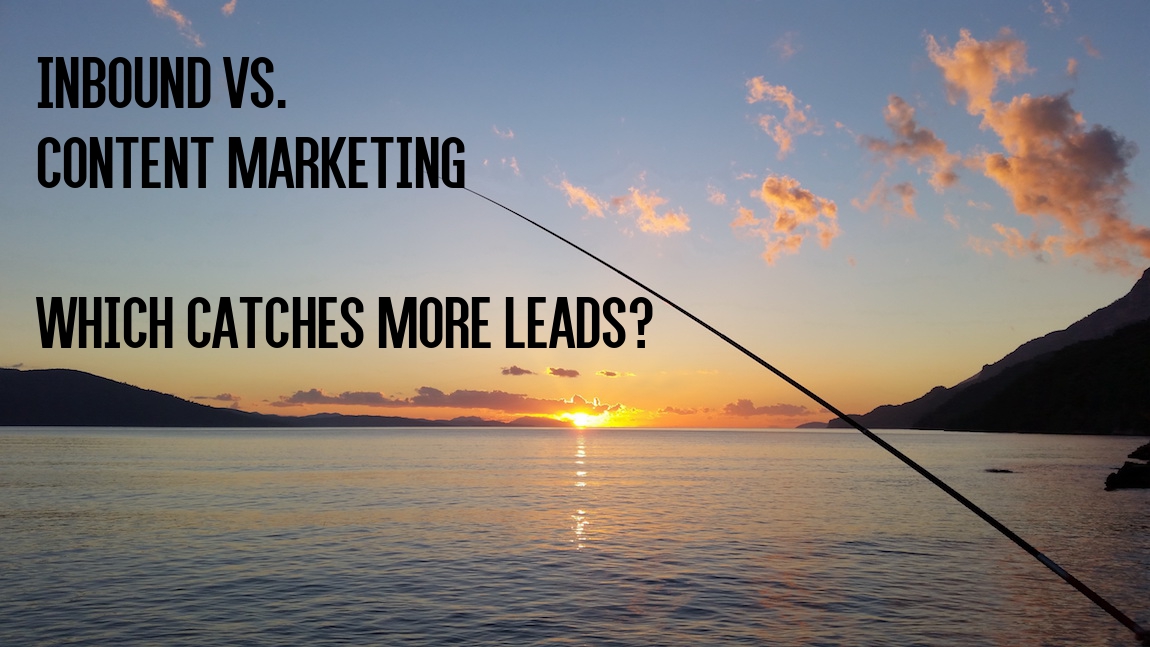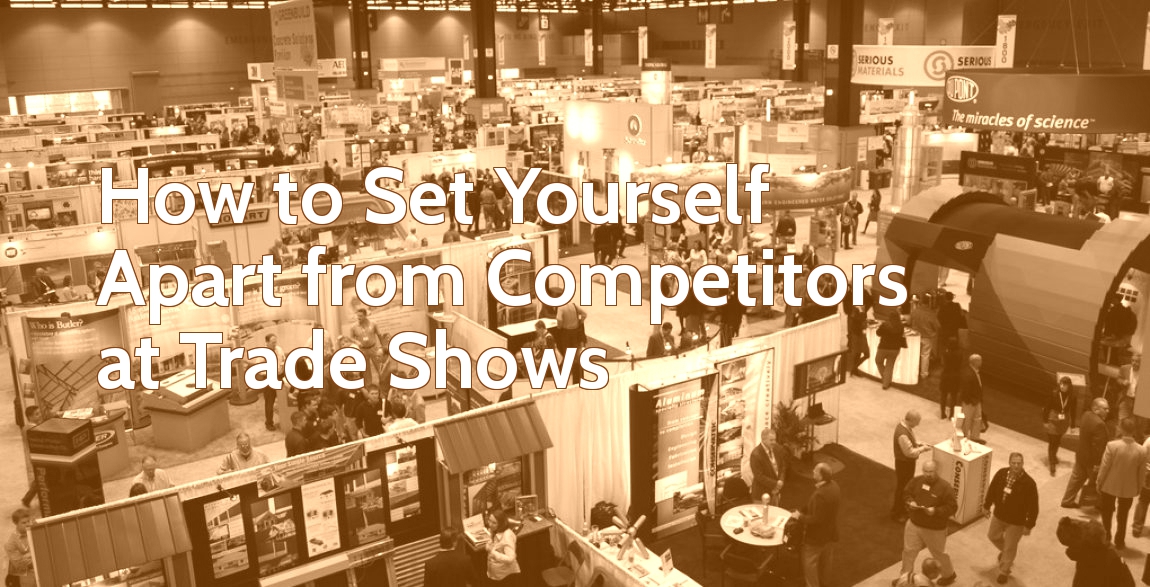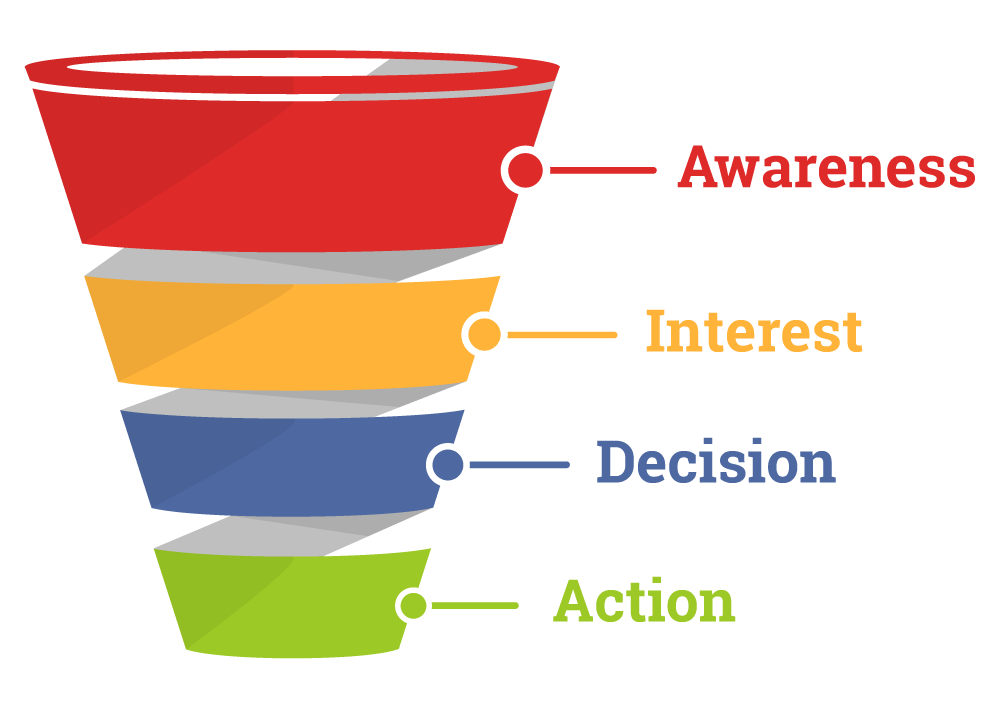by MGB2B

The Myth: Content Marketing and Inbound Marketing Are the Same Thing.
The Truth: Content Marketing Expands Well Beyond Just Inbound.
One mistake marketers make fairly often is confusing Content Marketing with Inbound Marketing. They see them as one and the same, when in reality Inbound Marketing is just a child of Content Marketing. Let’s take a closer look.
First off, when we talk about content, here are some examples of what we’re referring to:
- Blog Posts
- Podcasts
- White Papers
- eBooks
- Social Media Posts
- Videos
Content Marketing is simply how you distribute content to your target audience. The way you do it can make or break your marketing campaign. Sometimes, Content Marketing takes the form of Inbound Marketing.
So, How Does Inbound Marketing Work?
Inbound marketing is a simple concept. It generates strong leads for B2B brands because it lets the buyer find you instead of you hunting them down as you would with Outbound Marketing. It is passive marketing – you leave your fishing hook in the water and wait for the fish to come and take your bait. So the goal is to make your bait as attractive as possible by optimizing the content on your website and social media sites. If your content is good, hopefully others will use them as inbound links on their sites. This gives you credibility, not only to prospects, but to Google, who will then be more likely to put you at the top of the search list.
The goal of Inbound Marketing, is once you draw a prospect to your content, you can capture their information, and they become a lead that you can now contact and (hopefully) convert.
But this is only one way to use content.
Okay, What About Content Marketing?
Content Marketing encompasses more than just Inbound. It’s been around much longer than you might think. John Deere started doing it back in 1895 by creating The Furrow, an agricultural magazine that would appeal to his customers and prospects (millions of them). Walt Disney was a master of Content Marketing as early as 1954. Both the Deere and Disney brands have been distributing their content to mass audiences since long before the Internet was even invented, never mind Inbound Marketing.
But we needn’t put the division line between Inbound and Offline. There are other ways to drive people to your content online that are not considered Inbound Marketing. Optimizing your content can get you hot leads who are searching for what you offer, but Outbound allows you to widen your net a bit. It’s basically marketing as you’ve always known it, but used to drive readers to content instead of to build awareness of your brand. With Outbound, you drive people to your content via:
- Social Media Ads
- Online Display Ads / Retargeting
- Paid Search
- E-blasts via Trade Publications
- Webinars with Relevant Trade Publications
- Email Campaigns (though there is debate as to whether this is considered Inbound or Out)
As you can see, Content Marketing is a wide umbrella, and Inbound a highly effective methodology that falls beneath it. Their goal is the same: to get prospects into your sales funnel. The key is to have good content that can increase the number of leads you get from both your Inbound and Outbound efforts. Try what you think will work best for your target audiences, measure the effectiveness of each piece of your campaign, and fine-tune it until you have a well-oiled Inbound and Outbound Content Marketing machine.
Continue Reading
by MGB2B

A trade show is a great opportunity to spread awareness of your product or service, network with others in your field, and make a name for your company within your industry. However, trade shows can also be tricky; you walk into a chaotic room packed with 1,000+ vendors touting their own products and services. How do you stand out?
Follow these tips from pre-show right through the end and you’ll be sure to make an impact.
Pre Trade Show
Tip #1. Get Creative With Your Booth Design. Stand out in the crowd with original booth messaging and design that aligns with your current campaign. This is also your chance to employ some humor in your booth’s messaging. If yo make it funny, make sure it’s also relevant to your product or industry.
Tip #2. Utilize Social Media. Share posts from the event sponsor’s social platforms and start networking with the attendees online before you’re even there. Join the trade show community and share your company voice. Need to work on social? Check out these tips to get your social media rolling.
At the Show
Tip #3. Swag Is Your Friend. Make sure visitors to your booth aren’t walking away empty handed. Don’t just provide a brochure or one-sheeter; give them something they’ll hang on to like a keychain, stress ball, or a thumb drive that’s clearly branded so they won’t forget where they got it.
Tip #4. Host a Contest Or a Giveaway. Engage your booth visitors! Give your sales team the opportunity to interact those who stop by by offering a valued giveaway item such as a free sample of your product or a free consultation. Bonus: if you do this right, it will be a great opportunity to gather contact information from interested attendees and send them right into your sales funnel.
Onsite Promotions
Tip #5. Place Ads in the Show Program Book. Expand your presence outside of the physical event space. Placements in the program book will let those planning their day at the trade show know where you are and will establish your company as a leader in the industry. If you have enough money in your budget, splurge for a little something extra on/in the publication like a belly band or a gatefold. You’ll stand miles apart from your competitors.
Post Trade Show
Tip #6. Enter New Contacts Into Your Database Immediately. It’s important to nurture the contacts you made at the trade show. Create a list of all the emails, business cards, and contacts you gathered and send out a follow-up email 2-4 weeks after the trade show with new insights and a hook encouraging them to do business with you.
Tip #7. Connect on LinkedIn. Similar to the previous tip, continue to grow those new contacts by connecting on LinkedIn with a personalized message referencing your shared trade show experience. Always continue networking after the event is over.
Tip #8. Blog about it. Not everyone got to go to the show, so share your experience. Talk about what you learned, who you met, and what your biggest takeaways from the show were. Establish yourself as an expert with the inside scoop as a starting point for social media conversation.
Trade shows are a lucrative source of new leads for your business. Don’t just set up a booth and hope they come to you, get proactive and turn your experience into a list of qualified leads and ultimately, new customers.
Continue Reading
by MGB2B
With so many advertising options out there, it can be difficult to sift through the clutter and decide what the right B2B media mix is for your business. A media mix is the combination of communication channels you can use to market your business. It can include print and online ads, radio, television, billboards, websites, email, and social media. The mix will vary depending on your specific marketing goals; however, there is always one commonality: we want the consumer to take action.
That action could be visiting a landing page, filling out a contact form, or making a purchase. Whatever the desired action may be, the goal of your marketing mix is to drive as many customers as possible to that action. How? By feeding each step of the sales funnel with the right media tools.

Step 1: Awareness
What It Is – The customer is aware of the existence of your product or service, but doesn’t know much about it. Yet.
Media Tools – Broad reach media such as print ads in trade publications, radio, and television ads on targeted channels.
Step 2: Interest
What It Is – The customer begins actively expressing an interest in your product or service, but may still be skeptical.
Media Tools – Targeted, informational media such as paid social media posts with industry-related topics, informational webinars with affiliate trade publications, sponsored e-blasts through trade publications, paid search.
Step 3: Decision
What It Is – The customer is interested, engaged, and ready to make their decision. The goal is to make sure it’s you they are choosing.
Media Tools – Targeted, sales-focused media such as direct email campaigns, paid social media, targeted online display advertising, paid search.
Step 4: Action
What It Is – The customer is ready to take the next step towards purchasing your product.
Media Tools – Continuation of media from Step 3, with renewed focus on driving customers to your point of sale (website, contact form, phone number, etc.).
There is no absolute formula for making a sale. But by putting together an enticing media mix instead of putting your eggs all in one basket, you can guide your potential customer through the sales funnel – and increase your likelihood of closing that sale.
Continue Reading


